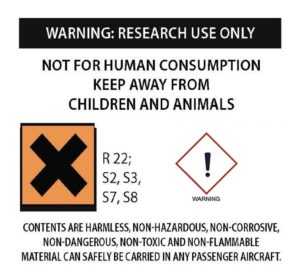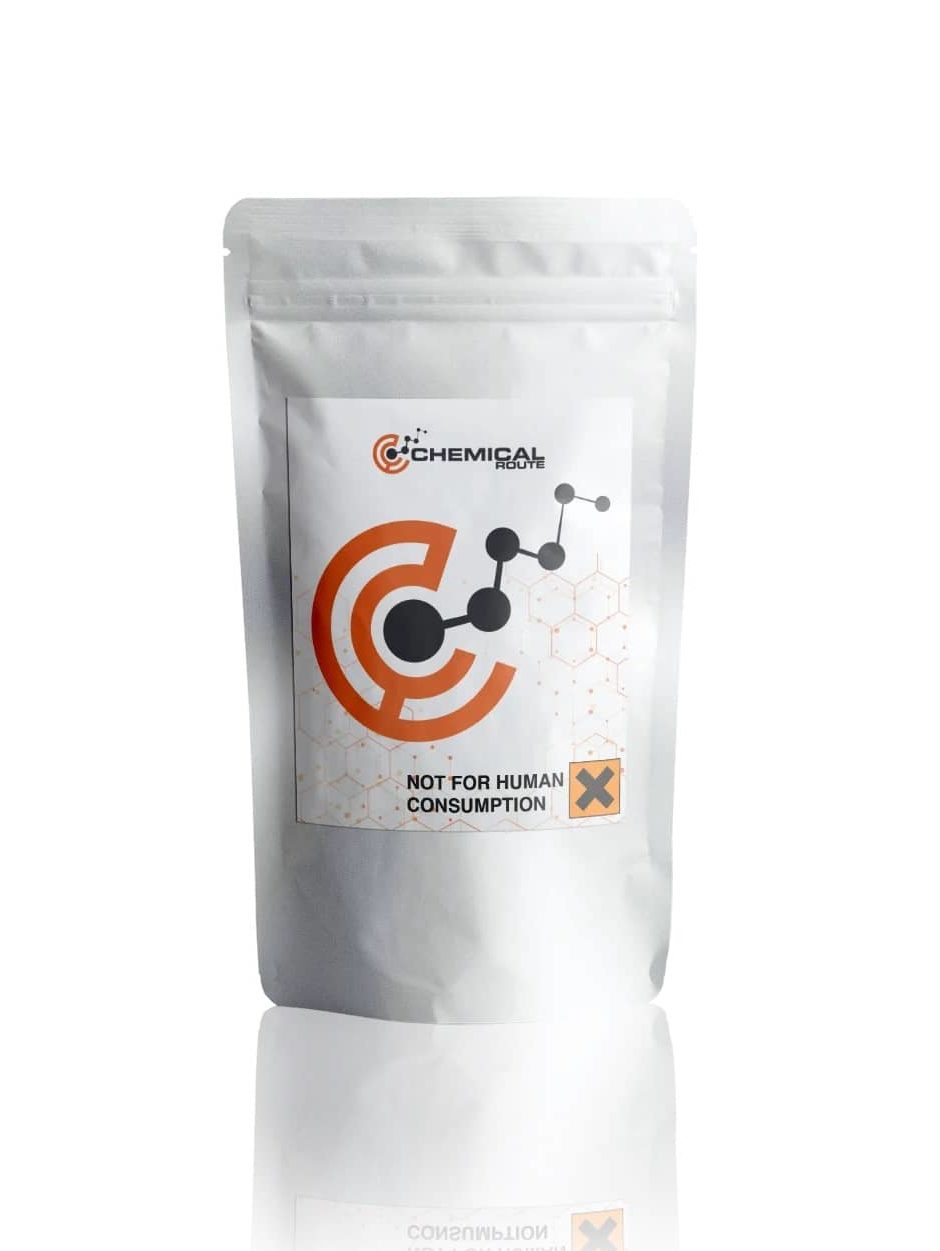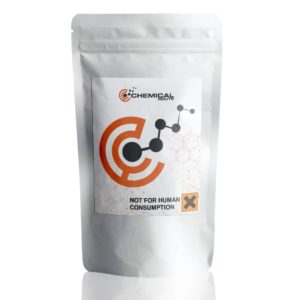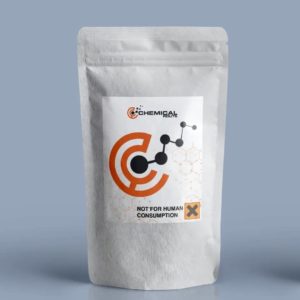Description
3-HO-PCP, 3-Hydroxyphencyclidine, PCP-3-OH
Product information
IUPAC-name 3-[1-(Piperidin-1-yl)cyclohexyl]phenol
Synonyms 3-HO-PCP, 3-Hydroxyphencyclidine, PCP-3-OH
Formal name 3-[1-(Piperidin-1-yl)cyclohexyl]phenol
Cas number 79787-43-2
Formula C17H25NO
Molar Mass 259.393 g·mol−1
Purity 99.0 % min.
Formulations A neat solid, Powder
Solubility
- DMF: 10 mg/ml
- DMF:PBS (pH 7.2) (1:7): 0.12 mg/ml
- DMSO: 1 mg/ml
- Ethanol: 1 mg/ml
3-HO-PCP, 3-Hydroxyphencyclidine, PCP-3-OH
A type of drug known as 3-hydroxyphencyclidine of a class of arylcyclohexylamine. (3-HO-PCP) is being sold as a designer drug online. It’s a dissociative of a class of drugs known as phencyclidine. It can produce a variety of euphoric and hallucinogenic effects. Its primary activity is as a receptor antagonist of the NMDA receptor. It has also been found to have an appreciable affinity for the -opioid receptor.
In 1978, 3-HO-PCP was first synthesized to study the relationship between the structure-activity of PCP derivatives and their effects on the receptor. During the 1980s, it was discovered that it can also act as an -opioid agonist.
Like other drugs in its class, 3-HO-PCP can induce a state of dissociative anesthesia. Although this effect is commonly reported to be highly variable and dose-dependent, it is not yet clear if this effect can be applied to humans.
Multiple reports suggest that 3-HO-PCP can cause physical side effects, such as flu-like or muscle soreness, after being administered. This suggests that it might be more toxic or dangerous than other dissociatives.
Due to the availability of 3-HO-PCP on the Internet, it is commonly used as a gray area research chemical. Although it has a wide range of potential side effects, it is still not known how well it can be safely used in humans. It is important to avoid using this substance as it has a very sensitive dose-response.
History of 3-HO-PCP
In 1978, the 3-HO-PCP was first synthesized to study the relationship between the structure and activity of PCP derivatives. It was then expanded to include -opioid agonist activity during the 1980s.
It wasn’t until 1999 that it was suggested that it could be used as a research chemical. According to a chemist who identified himself as John Q. Beagle, the 3-HO-PCP exhibited a significant increase in its potency and an improved affinity for the opiate receptor.
In 2012, an advisory council in the UK released a report regarding the use of methoxetamine, which stated that its effects are similar to those of drugs that are classified as Class B under the Misuse of Drugs Act. Despite this, the act does not explicitly state that harmful substances should be categorized based on harm. The report also suggested that the various analogs of this drug should be added to the list of class B drugs.
Chemistry
3-HO-PCP is a synthetic compound that is derived from cyclohexane and is used as a dissociative of arylcyclohexylamine. The structure of this compound is composed of a six-member saturated ring and two additional rings at R1. The first ring is a piperidine ring that is nitrogenous, while the other is an aromatic phenyl ring.
Pharmacology
The type of receptor that’s known as the NMDA is a component of the glutamate receptor that helps transmit electrical signals between the spinal cord and the brain. When activated, this receptor can open and allow signals to pass. However, dissociative actions can block the functioning of this receptor.
According to some studies, the disruption of the neural network activity caused by hyperconnectivity can lead to the formation of a network breakdown. This condition can affect the functioning of various mental and physical functions, such as psychomotor and cognitive processing. It can also be observed in individuals with schizophrenia or those experiencing psychosis due to high-dose IV THC or Ketamine.
In animal models, the drug 3-HO-PCP has been shown to have an appreciable positive effect on the functioning of the -opioid receptor. However, its effects on humans are still unknown.
The toxicological and physiological properties of this compound has not been analyzed. Usage of this Chemical should be for research and forensic purposes only.
WARNING This product is not for human or veterinary use.

This product is only available to persons of 21 years old and above.
Hazard statement(s)
| H302 | Harmful if swallowed |
| H315 | Causes skin irritation |
| H319 | Causes serious eye irritation |
| H332 | Harmful if inhaled |
| H335 | cause respiratory irritation |
| H336 | cause drowsiness or dizziness |
| Precautionary statement(s) | |
| P264 | Wash hands thoroughly after handling |
| P280 | protective gloves/protective clothing/eye protection/face protection |
| P305 + P351 + P338 | IF IN EYES: Rinse cautiously with for several minutes. Remove contact lenses, if present and easy to do. Continue rinsing. |
| P337 + P313 | If eye irritation persists: Get medical advice/attention |
| P261 | Avoid breathing dust/ fume/ gas/ mist/ vapors/ spray |
| P271 | Use only outdoors or in a well-ventilated area |
| P304 + P340 | IF INHALED: Remove victim to fresh air and keep at rest in a position comfortable for breathing |
| P312 | Call a POISON CENTER or doctor/physician if you feel unwell |
| P403 + P233 | Store in a well-ventilated place. Keep container tightly closed |
| P405 | Store locked up |
| P501 | Dispose of contents/container to a licensed disposal company |




Reviews
There are no reviews yet.